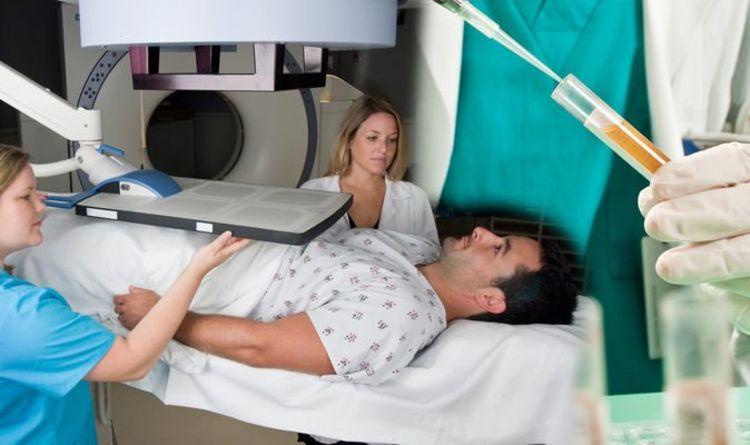Harnessing Nanotechnology for Enhanced Cancer Diagnostics

Nanotechnology, the manipulation of materials at the nanoscale, has made remarkable strides in various fields, including medicine. In cancer diagnostics, nanotechnology offers innovative solutions to improve detection sensitivity, accuracy, and patient outcomes. By harnessing the unique properties of nanoparticles, nanosensors, and nanomaterials, researchers are opening new avenues for enhanced cancer diagnostics.
1. Nanoparticle-based Imaging Agents:
Nanoparticles have shown great potential as contrast agents in advanced imaging techniques such as MRI, CT scans, and PET scans. Their small size and surface modifications allow for targeted delivery to cancer cells, making them ideal candidates for enhancing imaging resolution and specificity. These nanoparticle-based imaging agents provide detailed information about tumor size, location, and metastasis, enabling clinicians to plan precise treatment strategies.
2. Nanosensors for Early Detection:
Nanosensors are engineered to detect specific biomarkers indicative of cancer. These tiny devices can be integrated into liquid biopsies or wearable devices to monitor biomarker levels in real-time. Nanosensors offer a minimally invasive approach to early Cancer Diagnostics, alerting patients and healthcare providers to potential malignancies at their earliest stages when treatment options are most effective.
3. Theranostic Nanoparticles:
Theranostics refers to combining therapy and diagnostics into a single platform. Nanoparticles can be designed as theranostic agents that not only detect cancer but also deliver targeted therapies directly to tumor sites. These nanoparticles can carry chemotherapeutic drugs, immunotherapies, or even gene therapies, improving treatment efficacy while minimizing side effects on healthy tissues.
4. Nanotechnology-enabled Liquid Biopsies:
Nanotechnology has revolutionized liquid biopsies by enhancing their sensitivity and specificity. Nanoparticles functionalized with tumor-specific ligands can capture circulating tumor cells or tumor-derived materials in body fluids more effectively. This advancement enables the detection of minimal residual disease and provides critical information for monitoring treatment responses and disease progression.
5. Nanopore Sequencing for Genomic Analysis:
Nanopore sequencing is a cutting-edge technology that allows for the rapid and cost-effective analysis of DNA and RNA molecules. By utilizing nanopores to read genetic sequences, researchers can identify genetic mutations and alterations associated with different cancers. This information helps in tailoring treatments based on the individual's genomic profile, fostering personalized cancer care.
Conclusion:
Nanotechnology is at the forefront of enhancing Cancer Diagnostics, offering innovative solutions to the challenges of early detection, accurate imaging, and personalized treatment approaches. Nanoparticle-based imaging agents, nanosensors, theranostic nanoparticles, improved liquid biopsies, and nanopore sequencing are among the groundbreaking applications of nanotechnology in cancer diagnostics. As research in this field progresses, we can expect to witness even more transformative advances, ultimately leading to earlier diagnoses, improved treatment outcomes, and a brighter future for cancer patients worldwide.
- Art
- Causes
- Crafts
- Dance
- Drinks
- Film
- Fitness
- Food
- Игры
- Gardening
- Health
- Главная
- Literature
- Music
- Networking
- Другое
- Party
- Religion
- Shopping
- Sports
- Theater
- Wellness
- IT, Cloud, Software and Technology


